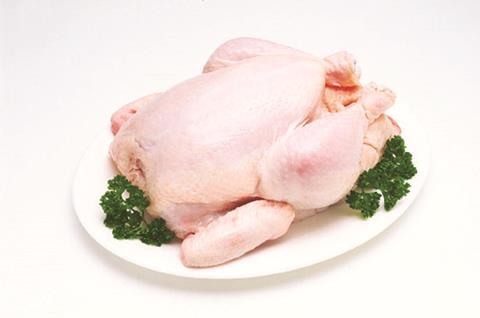Consumers are calling for more action to be taken to tackle campylobacter, new research from the Food Standards Agency (FSA) has revealed.

According to the report, Consumer Acceptability of Campylobacter Levels in Chicken, two thirds of consumers think the industry should continue to reduce campylobacter beyond the agreed current target of less than 10% of chickens at the most highly contaminated (those with more than 1000 colony forming units per gram of chicken neck skin) level.
Of those questioned, 75% also believe retailers should tell customers what proportion of chickens are at the highest level of contamination.
The FSA has released the research to coincide with the resumption of its campylobacter survey, part of its on-going efforts to reduce the high levels of food poisoning caused by the bug. Testing was suspended in April to allow the FSA to update the way the survey was carried out to ensure results continued to be robust.
Steve Wearne, director of policy at the FSA, said: “Publishing surveillance data on campylobacter has prompted action from retailers and processors and we are now seeing progress. Our campaign has also raised awareness of campylobacter amongst the public and it is good to see from our research that it is customers, and not just the FSA, demanding action and information from retailers. We have always said that consumer power will ultimately push industry action.
“Many retailers and processors should be commended for the action they have taken so far,” Wearne continued. “The majority signed up to the pledge to ensure that campylobacter in chicken ceases to be a significant public health issue, and continued action will be needed to deliver this.”
The findings also highlighted that 76% of people questioned want retailers to be more proactive in telling them what actions they are taking to reduce the campylobacter levels on the raw chicken they sell.
More than half of people (53%) also said that they would start buying chicken from another retailer if their usual shop was found to sell more than the industry average ‘high risk’ chicken.
This story was originally published on a previous version of the Meat Management website and so there may be some missing images and formatting issues.















